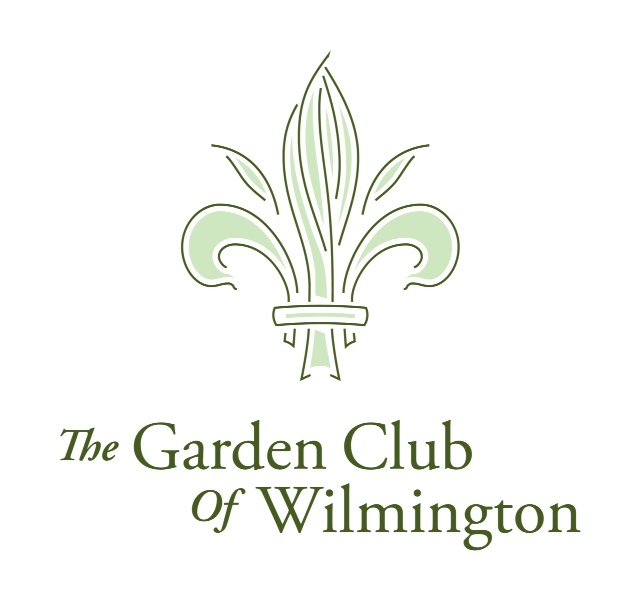Button bush is a major nectar and pollen plant in the Northeast, the North Central region, the Plains, the West, and the Southeast. It is a bee magnet!
The 2021 Montine McDaniel Freeman Medal Plant of The Year is Cephalanthus occidentalis, buttonbush. The Freeman Medal Selection Committee, composed of outstanding horticulturists from across North America, unanimously chose buttonbush as the 2021 winner in the category of woody plants. Attributes of Cephalanthus occidentalis include its adaptability to soils, its ability to slow erosion when planted in groups along stream beds, the unique beauty of the flowers, its fruit that provides food throughout the winter for 24 species of birds, and its ability to be planted in full sun or part shade. The common name, honey bells, was used by beekeepers who found the shrub to be irresistible to honey bees and introduced it into production in the colonies in 1735. A pollinator magnet, buttonbush is a food source for swallowtails, monarchs, skippers, titan sphinx moths, hydrangea sphinx moths and royal walnut moths. Native North American bees such as bumblebees, yellow-faced bees, green sweat bees, and long-horned bees also regularly visit the shrub. Easily maintained to a desired height through pruning, buttonbush is a great addition to gardens across North America. With its fascinating flowers and the insect and butterfly activity that accompany its planting, it is a notable plant for educating children and adults on its unsurpassed values for the environment! USDA Hardiness Zones 5-9 but plants are evident throughout the lower 48 states.
Proposed by: Caroline Orr, Memphis Garden Club, Zone IX
Seconded by: Peggy Peters, Memphis Garden Club, Zone IX
Prunus mexicana, Photo Credit: Lady Bird Johnson Wildflower Center
Honorable Mention was awarded to Prunus mexicana. Prunus mexicana or Mexican plum tree provides a spring show of blooms that can successfully replace those of Bradford pear! This adaptable tree, despite its botanical name, can be grown in multiple hardiness areas across North America. Thriving with little maintenance, it is the host plant for the tiger swallowtail butterfly and cecropia moth. Mexican plum tree is resistant to pollution and unattractive to deer. Its architecture and furrowed, gray bark add excellent structure to a garden space. The sweet plums it produces also can be made into great jams and jellies. USDA Hardiness Zones 6-9
Proposed by: Carol Shanks Price, The Garden Club of Houston, Zone IX
Ehretia anacua, Photo Credit: Courtesy of Mary Pinke Neck
Special Recognition was awarded to a plant with a limited geographical presence. This year the award went to Ehretia anacua, sandpaper tree. Early settlers in Texas, who gave this plant one of its common names, used the coarse leaves as sandpaper. Ehretia anacua is an outstanding supporter of wildlife; the flowers provide food for many bees, butterflies, and insects. The fruits that follow are valuable to birds, mammals, and humans! German settlers in Central Texas called the tree vogelbeerenbaum or bird-berry tree. A fascinating feature of sandpaper tree is the way its young sapling trunks intertwine to create an extraordinary natural sculpture in the adult tree trunk. Drought tolerant and of beautiful form, this is a wonderful shade-provider in its sun-drenched natural environment. USDA Hardiness Zones 8-11.
Proposed by: Meredith Cocke, River Oaks Garden Club, Zone IX



